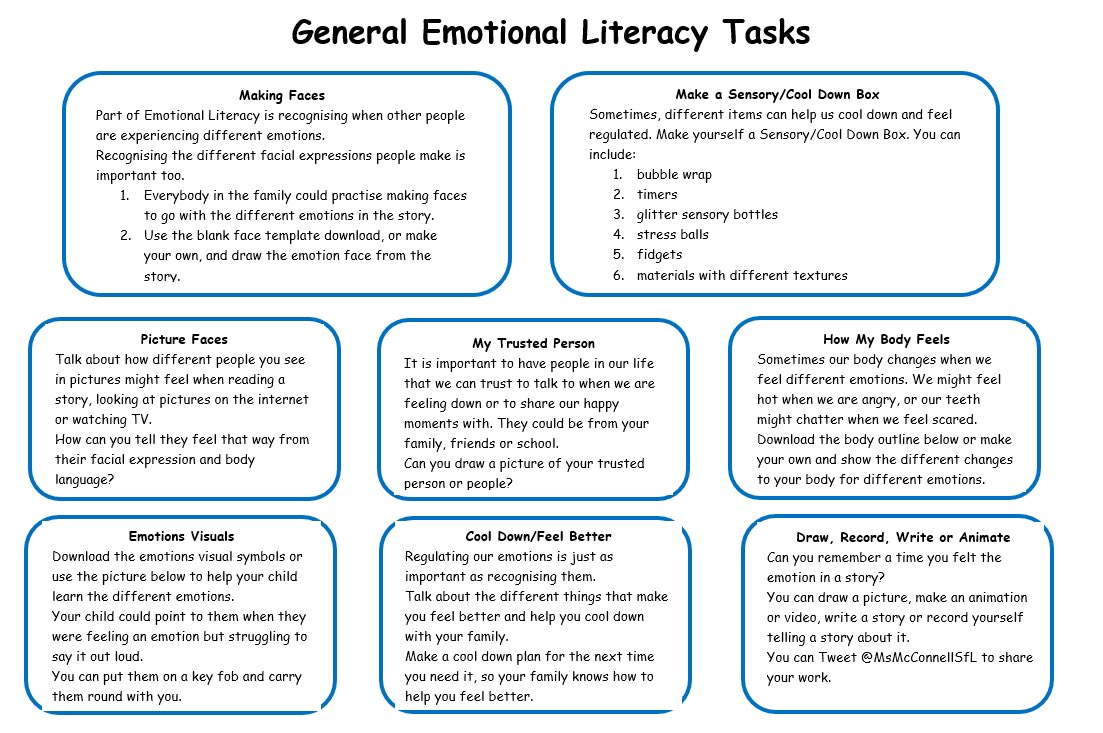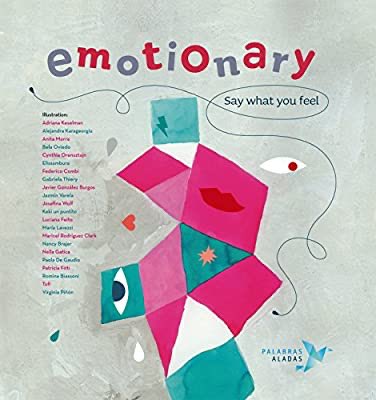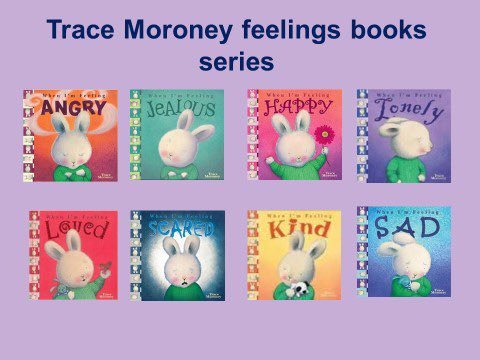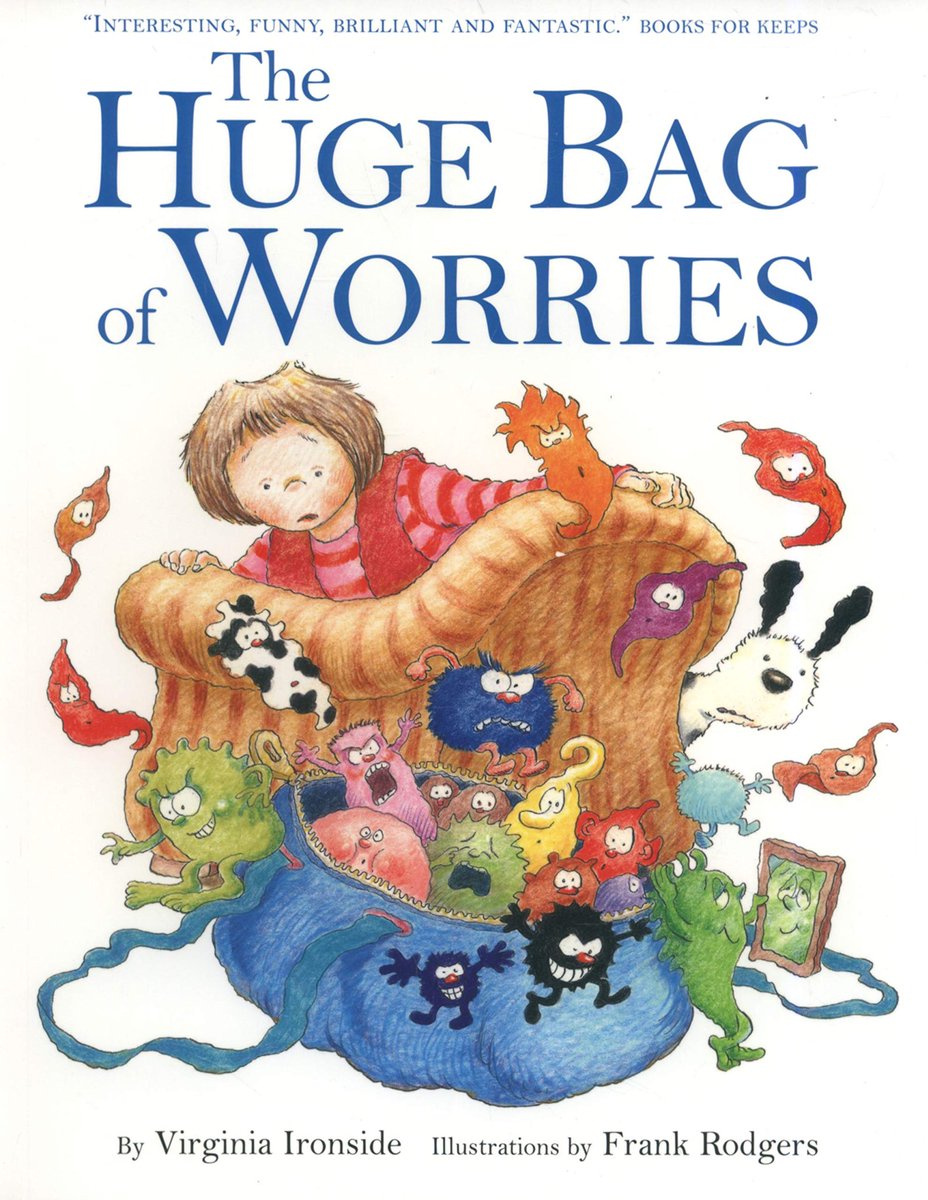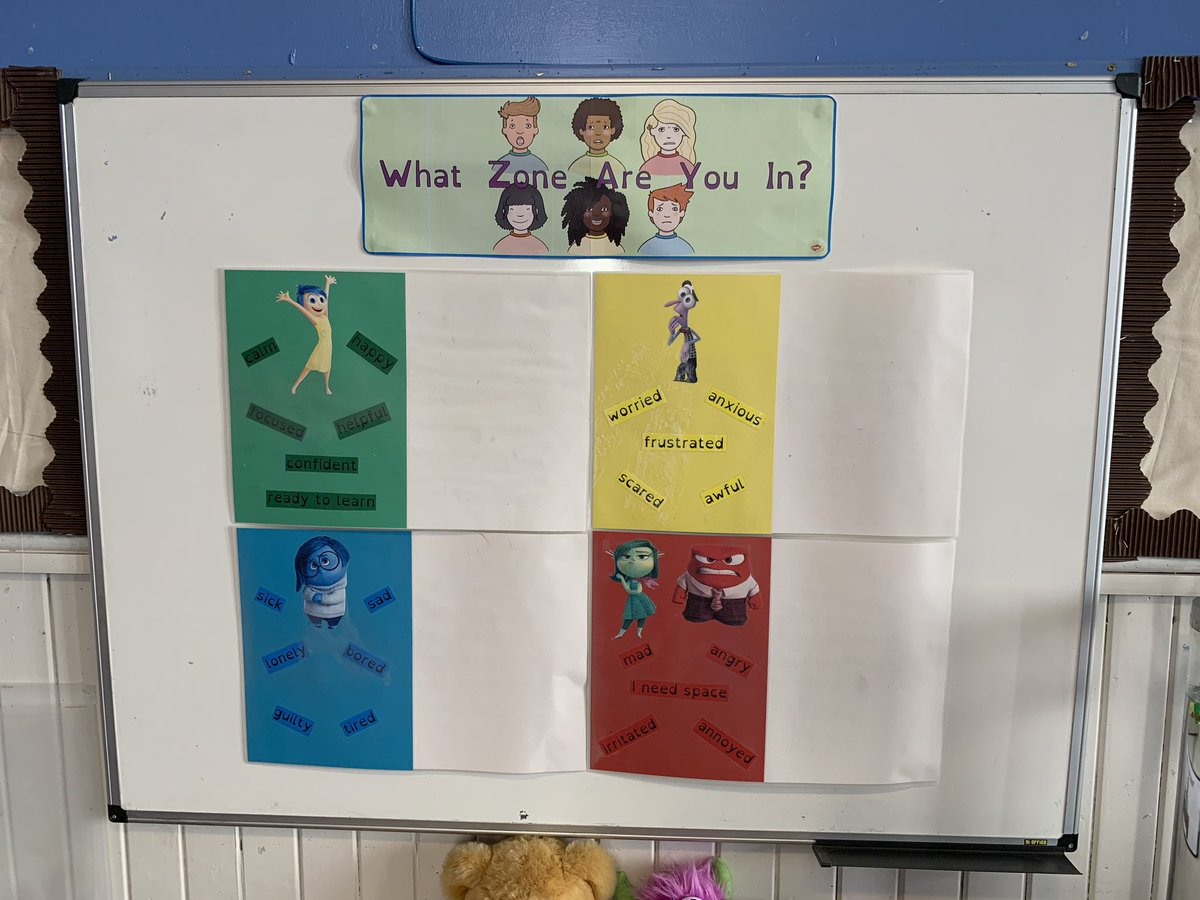Thread: emotional dysregulation & strategies to support children regulate.
Dysregulation is common among Autistic & ADHD children, but many children who have experienced trauma are dysregulated too.
These points explain what dysregulation is & how we can support children.
Dysregulation is common among Autistic & ADHD children, but many children who have experienced trauma are dysregulated too.
These points explain what dysregulation is & how we can support children.
Emotional dysregulation happens when someone finds it hard to cope with the intensity or duration of negative emotions e.g. anger or sadness.
An upsetting situation and/or sensory overwhelm can cause dysregulation.
An upsetting situation and/or sensory overwhelm can cause dysregulation.
To an outsider, dysregulation looks like an extreme overreaction to a situation.
It is very common for adults to focus on the way the child is reacting, instead of seeking to understand what triggered the reaction.
This usually makes dysregulation heighten.
It is very common for adults to focus on the way the child is reacting, instead of seeking to understand what triggered the reaction.
This usually makes dysregulation heighten.
Dysregulation can manifest in many ways- too many to list. It could include:
- crying
- silent anger
- refusal to talk
- wanting to be alone
- refusing to go to class
- hiding
- crying
- silent anger
- refusal to talk
- wanting to be alone
- refusing to go to class
- hiding
It can also include:
- throwing chairs
- destruction of property
- lashing out at other people
- self harm e.g. smashing heads off walls
- swearing
- screaming
- throwing chairs
- destruction of property
- lashing out at other people
- self harm e.g. smashing heads off walls
- swearing
- screaming
Anger, sadness & other negative emotions are normal. It is ok for children to feel these negative emotions, so please do not tell them, “you should not be angry.”
But, they need support to manage these emotions so that they do not hurt themselves or others. That is not ok.
But, they need support to manage these emotions so that they do not hurt themselves or others. That is not ok.
1. If a child is frequently dysregulatrd in school, there should be a plan of strategies agreed with the child to help them regulate.
The child MUST lead on this & parents should have input too.
It won’t work unless the strategies work for the child.
The child MUST lead on this & parents should have input too.
It won’t work unless the strategies work for the child.
2.1 To understand emotions, children must be able to name them & describe them.
This benefits all children so use a good emotional literacy programme.
I like @ZonesOfReg
Or Building Resilience by @GCWellbeing https://www.edinburgh.gov.uk/learning-publications/building-resilience/1">https://www.edinburgh.gov.uk/learning-...
This benefits all children so use a good emotional literacy programme.
I like @ZonesOfReg
Or Building Resilience by @GCWellbeing https://www.edinburgh.gov.uk/learning-publications/building-resilience/1">https://www.edinburgh.gov.uk/learning-...
2.2. Books help children to read about emotions & talk through how they make us feel.
This can lead to discussions about times we have experienced that emotion.
These are some of the books I use & a grid of tasks I made (pictured)
This can lead to discussions about times we have experienced that emotion.
These are some of the books I use & a grid of tasks I made (pictured)
2.3. Having a way to emotionally check in helps the child communicate their feelings to the adults when they can’t express themselves in words.
This could be as a whole class approach or individually checking in with a trusted adult.
I link my class check in to Zones of Reg.
This could be as a whole class approach or individually checking in with a trusted adult.
I link my class check in to Zones of Reg.
3. Having a trusted adult in the school that the child can talk to can help.
Trusting relationships with staff are important to children who are regularly dysregulated in school
Relationships doesn’t mean “best friends.” It means respect, trust, listening, non judgemental etc
Trusting relationships with staff are important to children who are regularly dysregulated in school
Relationships doesn’t mean “best friends.” It means respect, trust, listening, non judgemental etc
4.1 Look for the triggers
The sensory environment can overwhelm children & cause dysregulation. Common sensory triggers are:
- strip lighting
- school bell
- noisy classrooms
- strong smells
- shine from gloss laminate
The sensory environment can overwhelm children & cause dysregulation. Common sensory triggers are:
- strip lighting
- school bell
- noisy classrooms
- strong smells
- shine from gloss laminate
4.2. Other factors can include social relationships- many Neurodivergent children struggle with social relationships in school which can cause upset.
There may be factors outside school. Follow safeguarding procedures & GIRFEC wellbeing concerns (Scotland) if that is the case.
There may be factors outside school. Follow safeguarding procedures & GIRFEC wellbeing concerns (Scotland) if that is the case.
5. Work with the child to identify any sensory input that can cause dysregulation.
Autism & ADHD are defined as disabilities in the Equalities Act 2010 so they are entitled to have overwhelming sensory stimuli removed or altered as a reasonable adjustment.
Autism & ADHD are defined as disabilities in the Equalities Act 2010 so they are entitled to have overwhelming sensory stimuli removed or altered as a reasonable adjustment.
6. Some children may need the support of counsellors, therapists or mental health input from CAMHS.
School staff are not Therapists & therapeutic programmes should not be recreated in schools by untrained staff.
This can be incredibly harmful. Leave therapy to Therapists.
School staff are not Therapists & therapeutic programmes should not be recreated in schools by untrained staff.
This can be incredibly harmful. Leave therapy to Therapists.
7.1. Regulation strategies must be personal to the child. They could include:
- reading a book
- using a sensory cool down box
- talking to a trusted adult
- drawing or writing
- going to a safe space
- breathing techniques
- reading a book
- using a sensory cool down box
- talking to a trusted adult
- drawing or writing
- going to a safe space
- breathing techniques
7.2. Adults can recognise when children are becoming dysregulated.
To intervene, adults may “suggest” a child uses a regulation strategy. But if you tell/order them to use it then they may see it as punishment
Discuss this with the child when agreeing a plan.
To intervene, adults may “suggest” a child uses a regulation strategy. But if you tell/order them to use it then they may see it as punishment
Discuss this with the child when agreeing a plan.
8.1. A lot of adults mistake dysregulation for “behaviour” & by that they mean negative behaviour.
Many adults say the child is “choosing” to act that way or that they are “attention seeking.”
In schools it is common to refer to “challenging behaviour”
Many adults say the child is “choosing” to act that way or that they are “attention seeking.”
In schools it is common to refer to “challenging behaviour”
8.2. Autistic children, ADHD children & children who have experienced trauma often have an impaired Executive Function.
Executive Functions are a set of 7 mental processes that help us with planning, problem-solving, organization, & time management.
Executive Functions are a set of 7 mental processes that help us with planning, problem-solving, organization, & time management.
8.3. Executive Function also includes impulse control & emotional regulation.
If a child has Executive Dysfunction, then reacting to emotional triggers in a BIG way is their bodies natural, physiological response to emotions.
Children experience a lot of guilt & shame after.
If a child has Executive Dysfunction, then reacting to emotional triggers in a BIG way is their bodies natural, physiological response to emotions.
Children experience a lot of guilt & shame after.
8.4. While they do not actively choose to feel dysregulated, their bodies choose that, some children may “choose” the way they communicate their feelings.
This comes from experience & the way they have shown people they are upset & hurting before when they don’t have the words.
This comes from experience & the way they have shown people they are upset & hurting before when they don’t have the words.
8.5. So it is helpful if staff get rid of language like “challenging behaviour” “tricky” “naughty” etc. & think of the child as DISTRESSED.
They are attention NEEDING not attention seeking.
Head Teacher @JKnussen does some excellent talks on this.
They are attention NEEDING not attention seeking.
Head Teacher @JKnussen does some excellent talks on this.
9. The best approaches are consistent, fair & respectful.
Remember the physiological reasons behind dysregulation & that children need support to regulate, not judgement.
Children must be on board with strategies or they will not work. Parents should be involved too.
Remember the physiological reasons behind dysregulation & that children need support to regulate, not judgement.
Children must be on board with strategies or they will not work. Parents should be involved too.
This is of course just a snapshot into emotional dysregulation.
I have a further thread on Autism & sensory issues & one on ADHD & emotional support coming up with further details.
The key point is to support children to regulate before their emotions become overwhelming.
I have a further thread on Autism & sensory issues & one on ADHD & emotional support coming up with further details.
The key point is to support children to regulate before their emotions become overwhelming.
As I’ve come to the thread limit. Please add in any other strategies to support emotional dysregulation that work for you.

 Read on Twitter
Read on Twitter
